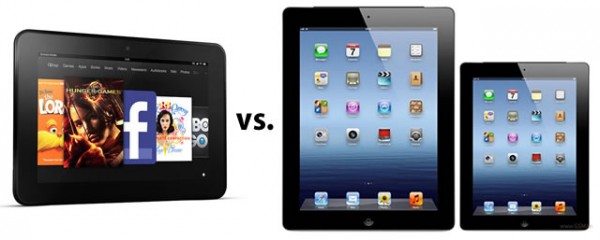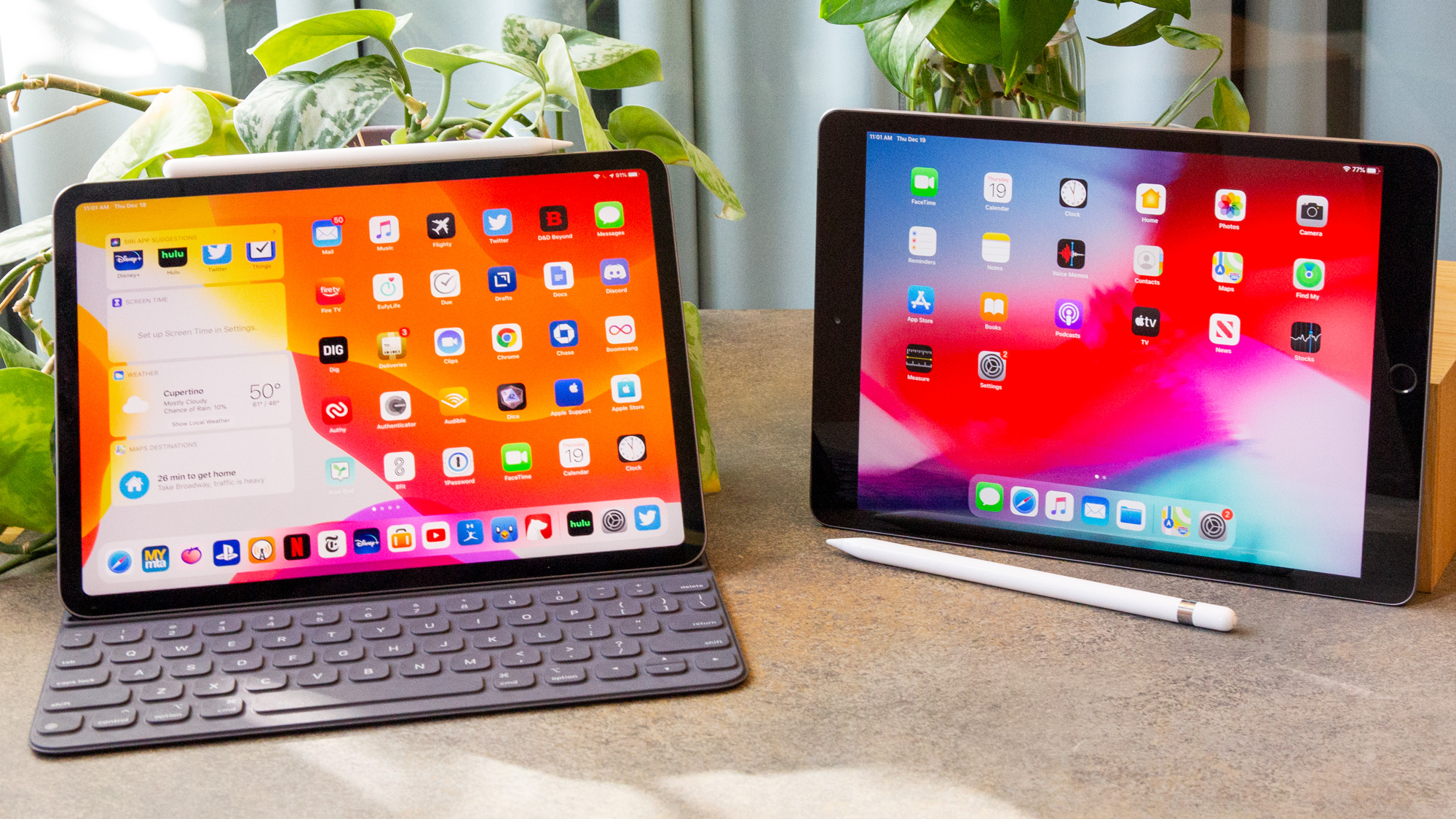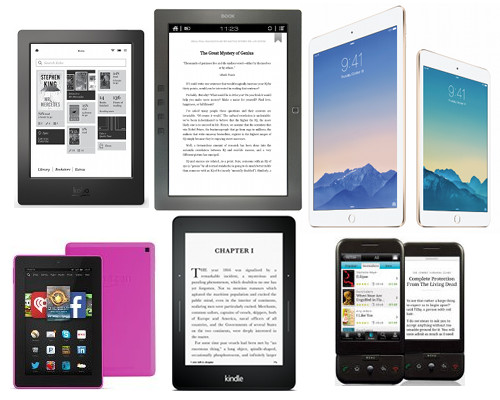

And like the Libra 2, the Kindle Oasis features a 7in E Ink display that’s clear at 300ppi. Like the Kobo Libra 2, the asymmetrical design is used to accommodate to handy page-turning buttons. Still, the Oasis is lightweight at 188g, while its aluminium shell is slicker than most. Whether this is actually useful depends on the size of your digits. A third of the slate is notably thicker, rewarding your fingers with a grippable ridge on the rear. Unlike most e-readers, the Kindle Oasis isn’t uniformly slim. But the core concept remains the same, as does the Micro USB port from its predecessor.

Amazon’s premium e-reader carries a price tag higher than most, in exchange for a few luxury touches – including a full-metal jacket. It’s a similar story with the Kindle Oasis from 2019. Hardbacks might cost more for sturdier packaging, but the words inside are still the same. And the whole package is fully waterproof, which you can’t say of an airport paperback. A USB-C port means speedier recharging, even if the refuelling rate can be erratic. Comprehensive file and font support offer welcome flexibility, while the option to listen to Kobo Audiobooks via Bluetooth is a bonus. The Libra 2 doesn’t have ambient light sensors, but you can set the LEDs to match their temperature to the time of day.ģ2GB of storage means you can store a library of approximately 24,000 books on-board. A new dark mode can render text white on a black background, while the ComfortLight Pro reduces eyestrain with even, adjustable illumination. It’s sharp at 300ppi, with improved contrast. Generous at seven inches, the updated E Ink Carta display is more responsive than the original Libra’s screen. And it’s a tempting proposition: home to a duo of page-turning buttons, the wider side bezel is shaped for comfortable one-handed holding.

Adopting a lopsided approach like the Kindle Oasis, Kobo’s second-gen Libra is priced to compete with the Paperwhite above.


 0 kommentar(er)
0 kommentar(er)
